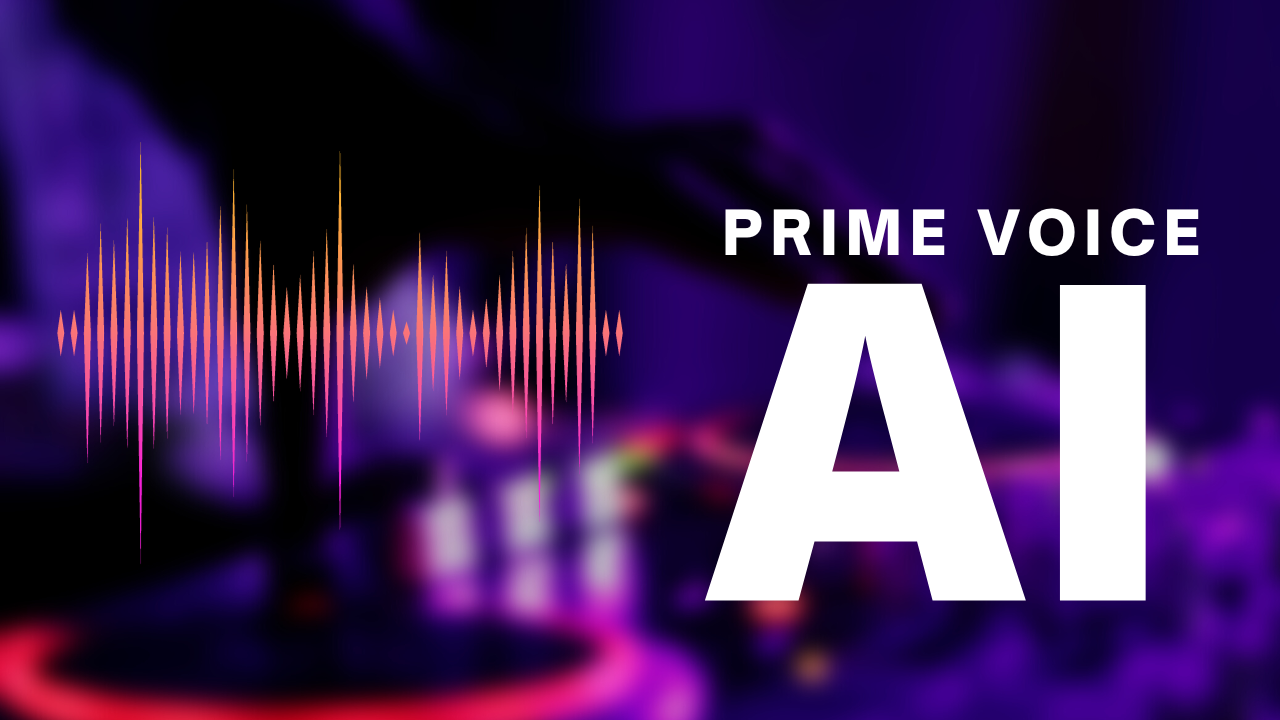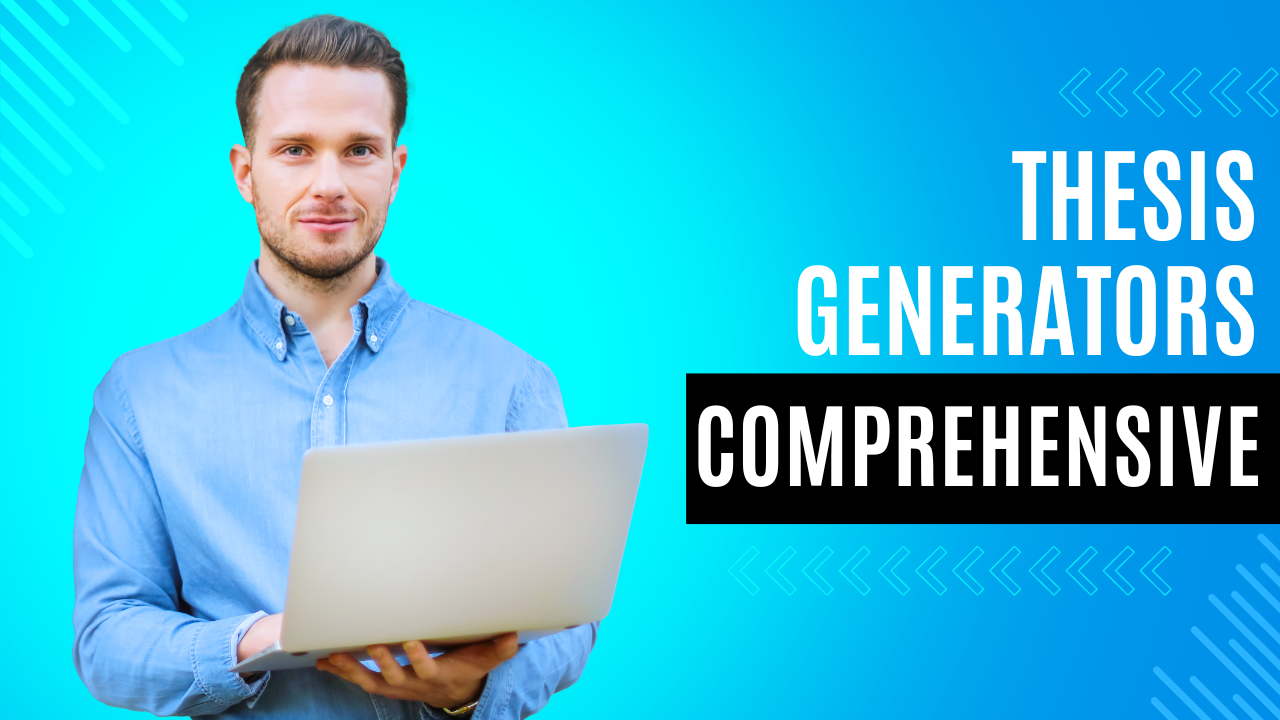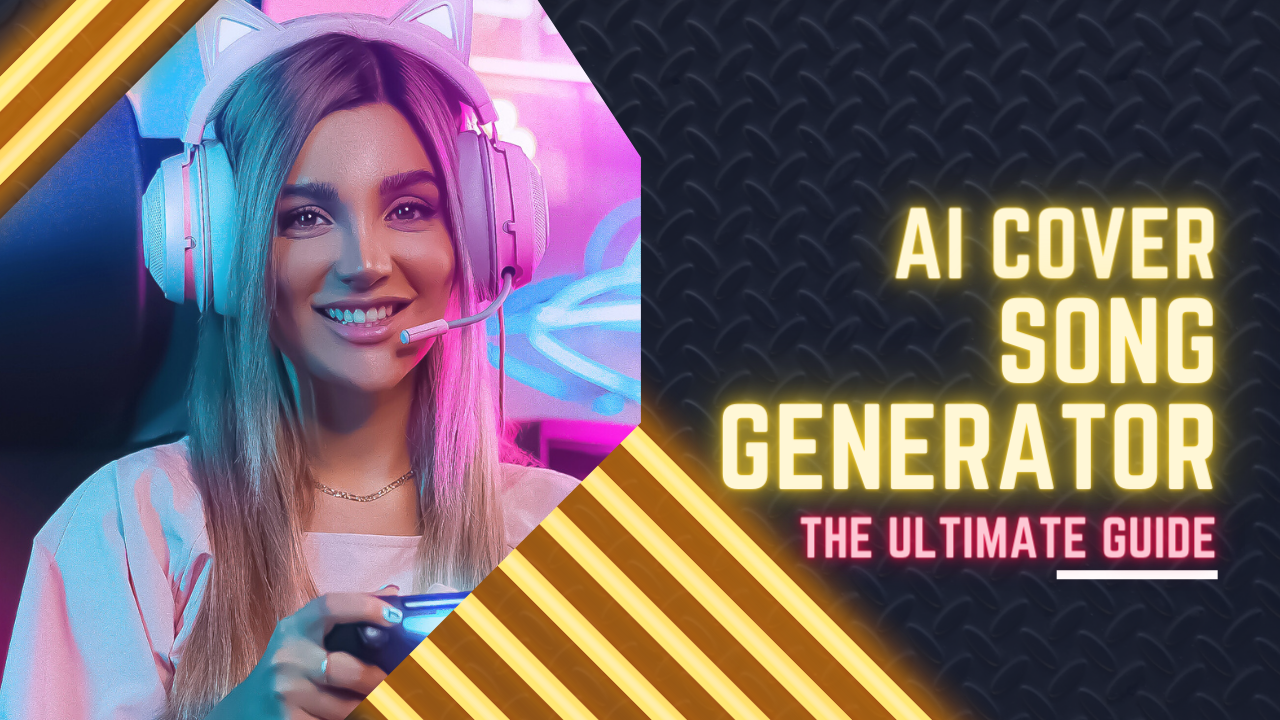Digital artistry, especially in the realm of AI-generated imagery, has taken huge strides in recent years. Although these advancements have paved the way for a plethora of innovations, they have also brought certain challenges into the spotlight. One such issue that artists frequently face is the distortion of eyes in AI-generated images, often created with a model known as fix eyes stable diffusion.
This guide will delve into how to fix eyes with Stable Diffusion, provide you with the tools, tips, and techniques to correct these imperfections, and help you create flawless, lifelike AI images.
Table of Contents fix eyes stable diffusion
- Understanding Stable Diffusion
- Why Do Eyes Get Distorted in Stable Diffusion?
- Tools to Fix Eyes in Stable Diffusion
- Fixing Eye Imperfections with CodeFormer
- How to Use AUTOMATIC1111’s Inpaint Tool
- Using GFPGAN for Face Restoration
- Discovering the Power of CodeFormers
- Pros and Cons of Using These Tools
- A Look at the Cost
- Final Thoughts
Understanding fix eyes stable diffusion
Stable Diffusion is an AI model that’s designed to generate high-quality images. It achieves this by training a deep learning algorithm on a vast array of images. The model’s ability to produce increasingly realistic and intricate images has made it popular among digital artists, game developers, and even filmmakers.
However, like all technologies, Stable Diffusion isn’t without its flaws. Its most prominent limitation is its occasional struggle to accurately capture intricate facial details, specifically those of the eyes.
Why Do Eyes Get Distorted in fix eyes stable diffusion?
The issues with eyes in Stable Diffusion stem from the model’s inherent limitation of capturing the intricate details and variations of human faces. The distortion or “messed up” eyes are a result of the neural network’s inability to accurately depict these subtly complex features.
Fortunately, several tools have been developed to fix these eye issues and help artists achieve more realistic and visually appealing results.
Tools to fix eyes stable diffusion
There are a few notable tools available to help you fix eyes in Stable Diffusion generated images:
- CodeFormer: A popular tool for face restoration and color enhancement.
- Inpaint tool in AUTOMATIC1111: An invaluable feature for fixing distorted facial features.
- GFPGAN: A robust tool for improving faces in pictures.
- CodeFormers: A strong alternative for face restoration.
Each of these tools has its own unique strengths and can be used based on the specific requirements of the image at hand.
Fixing Eye Imperfections with CodeFormer
CodeFormer has grown in popularity thanks to its impressive capabilities in face restoration and color enhancement. This tool is particularly useful when dealing with AI-generated images where the eyes appear asymmetrical or distorted.
Here’s a step-by-step guide on how to use CodeFormer:
- Access the Tool: The first step is to access CodeFormer. You can use the Google Colab CodeFormer Inference Demo for this.
- Upload your Image: Drag and drop your image into the designated box.
- Start the Restoration Process: Click on the ‘Restore faces’ button to begin fixing the eyes in your image.
- Select a Result: After the tool generates multiple images, select the one that best suits your needs.
How to Use AUTOMATIC1111’s Inpaint Tool
The Inpaint tool in AUTOMATIC1111 is another great option for fixing eyes in Stable Diffusion. Here’s how you can utilize this tool:
- Go to the img2img tab: This is where you’ll find the Inpaint tool.
- Upload your Image: Drag and drop your image into the designated box.
- Mask the Eyes: Use the masking brush to cover the areas of the eyes you want to correct.
- Adjust the Sampling Method: Switch the sampling method to Eula or experiment with different methods to get the desired results.
- Restore Faces: Click on the ‘Restore faces’ button to begin the restoration process.
- Fine-Tune the Settings: Adjust the batch count and denoising strength as per your preference.
- Generate the Image: Click on ‘Generate’ to get multiple corrected images.
Using GFPGAN for Face Restoration
GFPGAN is a powerful tool used to improve faces in images. It can be a handy tool when looking to fix eyes in Stable Diffusion. Here’s how you can use it:
- Access GFPGAN: You can use GFPGAN through the AUTOMATIC1111 stable-diffusion-webui or install it yourself.
- Upload your Image: Drag and drop your image into the designated box.
- Select Restore Faces: If you’re creating a new image, simply select the “Restore Faces” option.
- Adjust the Impact: Set the impact of GFPGAN from 0 to 1, based on your requirement.
Discovering the Power of CodeFormers
CodeFormers is a potent alternative for face restoration. It can be accessed through the huggingface/sczhou space. A step-by-step guide on how to use CodeFormers can be found here.
Pros and Cons of Using These Tools
While these tools offer powerful solutions to fix eyes in Stable Diffusion, they each come with their own set of advantages and disadvantages.
Pros:
- Effective Restoration: These tools are highly effective in restoring distorted eyes and enhancing the overall quality of AI-generated images.
- Ease of Use: With simple interfaces and clear instructions, these tools are user-friendly and easy to navigate.
- Customizability: They provide a range of adjustable settings, allowing you to fine-tune the restoration process to your liking.
Cons:
- Limited Control: While these tools are powerful, they do not provide complete control over the restoration process.
- Variable Results: The results can vary based on the image and the severity of the distortion.
- Requires Experimentation: Achieving the desired results often requires a degree of trial and error.
A Look at the Cost
Most of these tools are open-source and free to use. However, some might require a paid subscription for advanced features. It’s best to check each tool’s official website for the most accurate and up-to-date pricing details.
Final Thoughts
In the realm of AI-generated imagery, Stable Diffusion has been a game-changer. However, the issue of distorted eyes is a common challenge many artists face. Thankfully, tools like CodeFormer, the Inpaint tool in AUTOMATIC1111, GFPGAN, and CodeFormers offer effective solutions to fix eyes in Stable Diffusion. With these tools at your disposal, you’re well-equipped to create near-perfect, lifelike AI images.
I’m a full-time web developer and SEO expert. In my free time, I blog on this website, sharing insights and knowledge.








